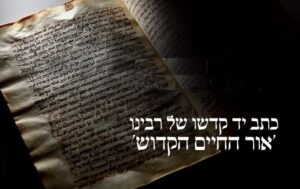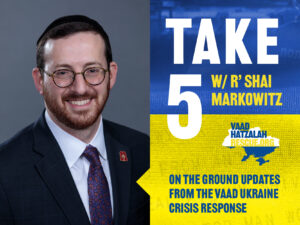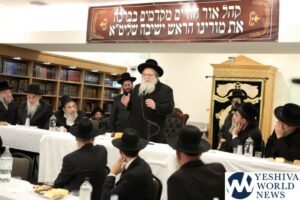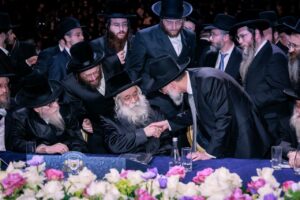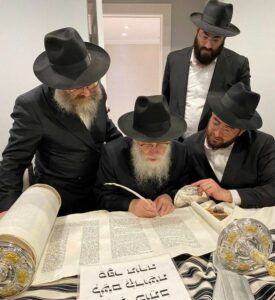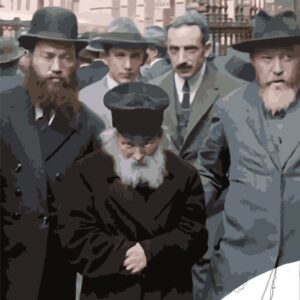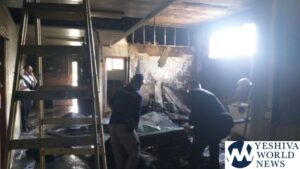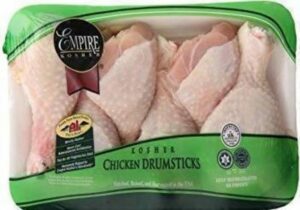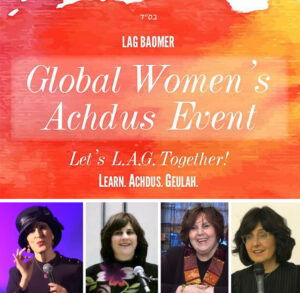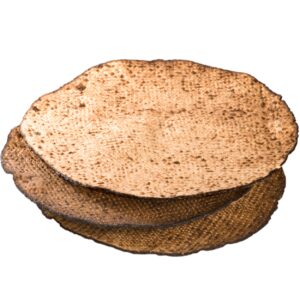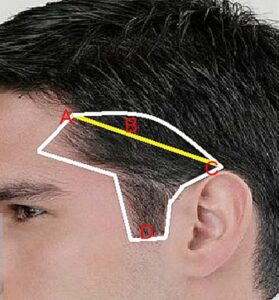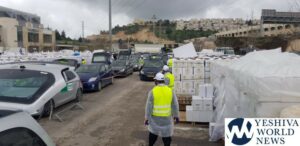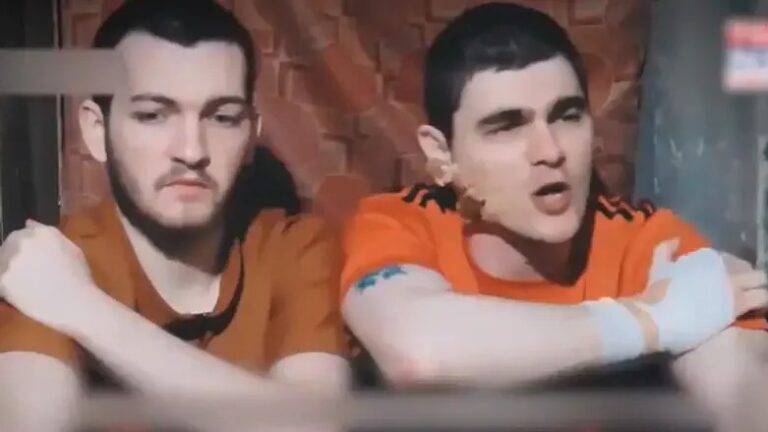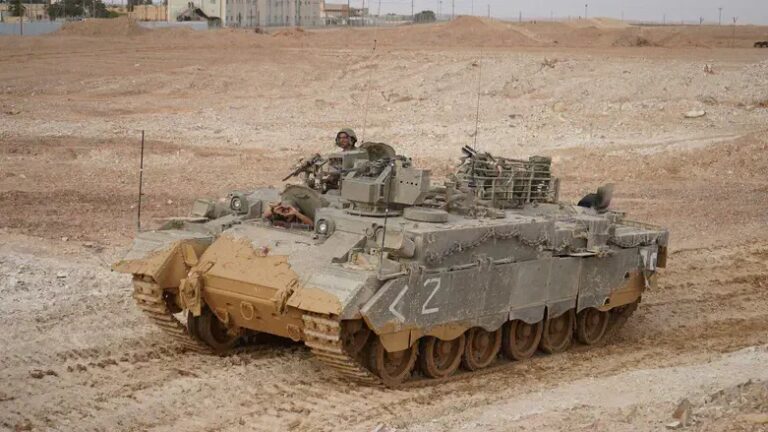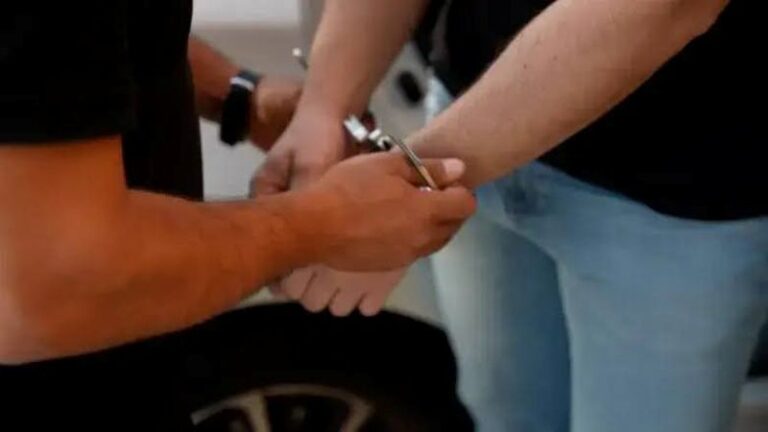
MAILBAG: MI L’HASHEM ELAI! Satmar Must Stand Up For Chinuch
As the 2022 election season has worn on, it has become increasingly clear to every Orthodox Jew in New York State that there are two issues at the forefront of this election: yeshiva education and crime/bail reform. That being said, I’m bewildered that we, as part of the broader Orthodox Jewish community in New York, are still left wondering where some of our brethren stand on the crucial upcoming elections. Specifically, we are still waiting to see who the two Satmar factions will endorse for governor. This is particularly surprising to me because in 2018, one of our foremost manhigei hador, Hagaon Harav Aharon Teitelbaum shlit”a, declared war on the New York State Education Department over its adversarial stance against yeshivas. At the annual Chof Alev Kislev event, Rav Aharon shlit”a, with his inimitable leadership, boldly stated: “I hereby declare that Klal Yisroel will not bow down or surrender to the wicked, not even before the Commissioner of Education, and with great devotion we will be able to educate our children in Torah education. We have had many situations in the past demanding mesirus nefesh for the Torah HaKedosha, and also today, we will launch a major war against the Commissioner of Education in any way [necessary] without compromises and agreements.” “Therefore,” the venerated rebbe added, “we will not sit idly by, but we will fight a fierce battle over our right to live in our religion, and B’ezras Hashem, we will cancel this terrible gezeira and will not obey the Education Commissioner in any way. Of course, it will only happen if there is achdus. We must put all the petty politics aside and to seriously unite all the communities and unite all of the chareidi Jews, to exploit the ties with the leaders of state, to the federal court, and B’Shem Hashem, Na’ase V’Natzliach!” With this backdrop, shouldn’t the choice for endorsement in the New York gubernatorial race be obvious? Shouldn’t the decision for Satmar be clear and straightforward? We have one candidate, Rep. Lee Zeldin, who has vowed time and time again that he will stand up for yeshivos and ensure that Albany bureaucrats will not be allowed to interfere in the chinuch of our children. On the other side, we have an incumbent governor in Kathy Hochul who has expressed no support at all for yeshivos, despite our incessant pleas. What is even the question? Harav Aharon, in his wisdom, declared war on the state’s Department of Education. If we are indeed waging a battle against them, why not pursue victory by endorsing a staunch supporter of yeshivos? Rabbanim spanning the gamut – from Litvish to Chassidish to Sefard, and from all stripes and backgrounds – have endorsed Zeldin, stating in no uncertain terms that we must do everything we can to reverse the trend of anti-yeshiva bigotry and targeting. Why has Satmar not joined them? The Satmar community has tens of thousands of voters in it who could quite literally be the difference in the gubernatorial election. They can be the difference between yeshivos being allowed to continue to operate al derech hatorah, or to chas v’shalom be thrown to the proverbial wolves. Where does Satmar stand on this issue, and why is it not unwaveringly with Rep. Lee Zeldin? I simply don’t understand. It


